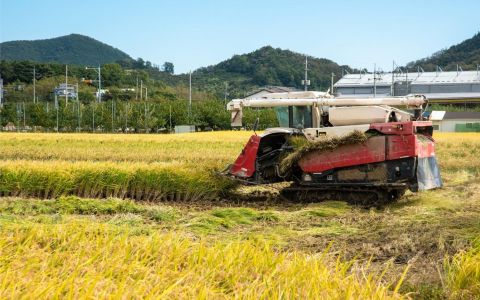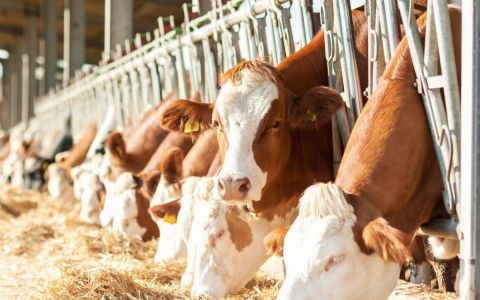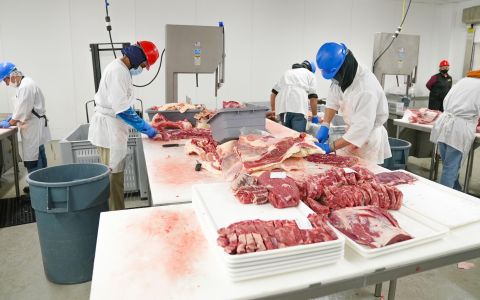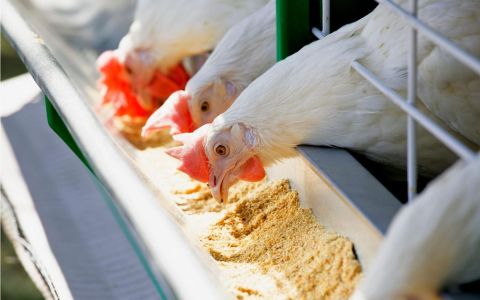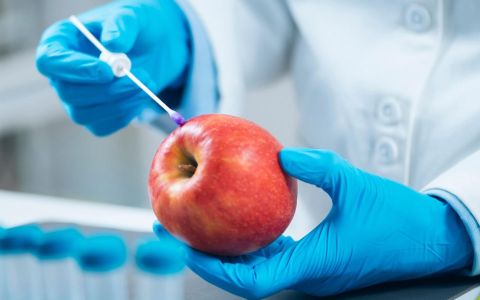Taiwanese Manufactures use Photoelectric Buoys and Waste Fishing Net to contribute to Environmental Awareness
Marine pollution and depletion of fishing catch are serious issues. With the rise of environmental awareness, experts, scholars, and manufacturers are constantly researching to maintain the cleanness of the ocean to ensure the source of fishing is sustained. Currently, Aquaculture production will be exceeding wild fishing, although the limited vacancy of land due to natural and human destruction coupled with fresh water shortage. The trend of land aquaculture has become a trend and pioneered the emerge of "Marine Ranching" and "Aquaculture Net". Building a "marine granary" near the sea will be the main option for this industry, as it will reduce wild fishing, allowing various fish species to grow at ease, and reducing carbon footprint, Furthermore, it can reduce costs and improve efficiency, making it the best production mode.
Kato Electric- self-developed and environmentally friendly "solar electric buoy"
In addition to changing farming methods to protect the ocean, Taiwanese manufacturers are also striving to be environmentally friendly on their fishing equipment. Professional large-scale vessel instrument manufacturer "Kato Electric" has always focused on self-developed electric buoy-related equipment. A full range of solar electric buoys, such as "radio buoys", "remote control electric buoys", and "satellite positioning GPS electric buoys", has improved power management methods and floating body design. They are small in size, light in weight, strong in structure, easy to use, and have built-in high brightness LED lights, which can be compatible with navigation equipment on fishing vessels, such as Fang Tan Frequency selective pager or GPS receiver, which can effectively improve the convenience and efficiency fishing boats at low cost. Implements the concept of sustainable development of marine ecology, the bouys are powered by solar energy keeping the ocean from more pollution.
King Net Marine Technology - Transforming Waste Fishing Nets into 'High-Value Raw Materials"
To solve the problem of marine waste, Taiwan's largest and the second largest fishing net manufacturer in the world, King Net Marine Technology, and Formosa Chemical worked together to establish a recycling channel for waste fishing nets. Through chemical methods, waste fishing nets were melted, dispersed, refined, filtered, purified, and regenerated into the raw material Caprolactam of nylon, then re-made into nylon, which can be made into high-performance clothing or high-value raw materials, and implement the circular economy. Favored by foreign manufacturers compared to petrochemical refining, the method of recycling and reproducing waste fishing nets can save electricity by up to 15% and reduce carbon emissions by up to 49%.
Other News
Nocera, Inc., a fully integrated sustainable aquaculture company focused on the manufacturing and operation of land-based Recirculating Aquaculture Systems (RASs), is pleased to announce its commencement of preliminary discussions with Chang Tai Group to explore the feasibility of a strategic collaboration.
Pesticide drops carried out by drone 4 times more efficient than by manual labor
Taiwan has witnessed rapid growth in its renewable energy sector. To bolster the adoption of clean energy, the government is actively promoting a free-market framework for green energy trading
A majority of Taiwan's long-distance saury fishing vessels have switched to using light emitting diodes (LEDs) to conduct saury fishery in the Pacific for environmental reasons.
As a result, the shift of land-based aquaculture to offshore cage net farming, creating "ocean ranching," has become a trend. This allows for the consumption of saltwater fish without the need for ocean fishing, while land can be repurposed for other uses. It saves freshwater resources, reduces carbon footprints and damage caused by disasters, and promotes a friendly farming environment that minimizes the impact of aquaculture on the environment, ultimately achieving sustainable operation.
Traditional agricultural machinery, mostly powered by diesel, is one of the primary sources of carbon emissions in agriculture. To respond to the call for net-zero emissions, countries are encouraging farmers to use electric agricultural machinery that reduces carbon emissions. Electric agricultural machinery also offers advantages such as low noise, low vibration, low waste heat, and easy startup. If they can be charged with renewable energy sources like solar power or wind power, it further enhances energy savings and carbon reduction efforts.
Animals raised without antibiotics rely on alternative health supplements like herbal medicines, probiotics, enzymes, or plant-based additives for robust health. This approach promotes a healthy digestive system, resulting in fewer cases of diarrhea, reduced fecal and urine odor, and less environmental pollution. By avoiding antibiotic use, the development of antimicrobial resistance in microorganisms is prevented, preserving the effectiveness of antibiotics. It also ensures food safety by eliminating the risk of drug residues.
Automated cutting equipment is common in modern meat processing plants for meat portioning, but detailed cutting still relies on manual hand-cutting. Knives play a crucial role in this process, significantly impacting efficiency and quality. Choosing the right knives reduces manual cutting time and effort, minimizes hand injuries, improves work efficiency, and ensures the preservation of high-quality meat with its market value intact.
Raising healthy animals for delicious meals is a challenging task that requires careful attention. In traditional animal farming, it becomes necessary to supplement animal feed with nutrients to bolster their immune systems, minimize the risk of illnesses and mortality, and enhance productivity and growth rates. This, in turn, increases overall production efficiency. In the event of animals falling ill, timely administration of medication can aid in their recovery. Alternatively, the utilization of natural herbal remedies can eliminate the residues associated with conventional chemical drugs, thereby safeguarding human food safety.
For international trade, many countries have strict inspection standards for pesticide residues in imported products. Only qualified products that have been ensured of their quality and safety can be distributed to the international market.















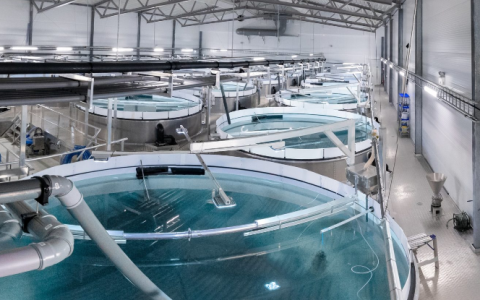
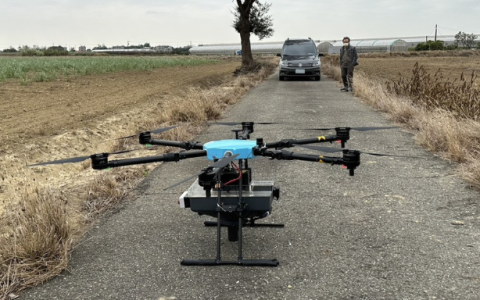
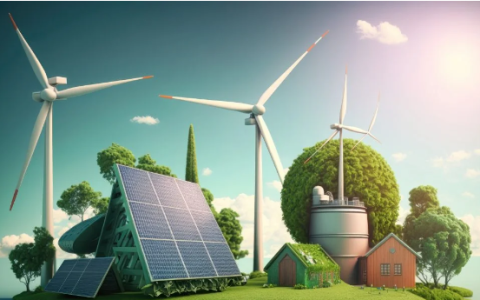
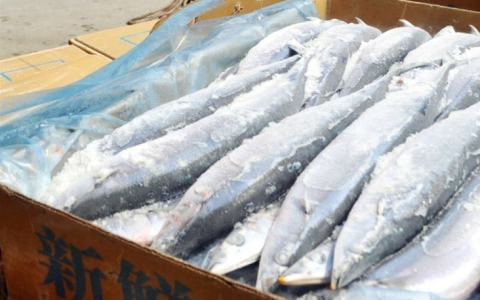
__23G27ZHEBA.jpg)
